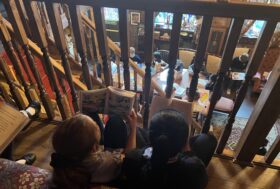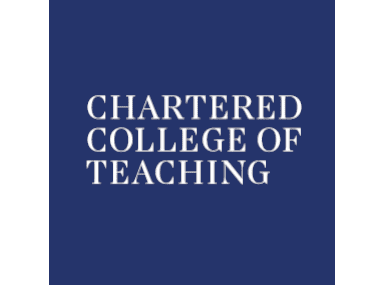Refocusing on ADHD in education


How can schools help children and young people with ADHD to achieve their potential?
We have produced this resource booklet for SENDCOs, ALNCOs, Additional Support Coordinators and members of Leaderships teams in schools and colleges with responsibility for special educational needs and inclusionAn approach where a school aims to ensure that all children.
I’m sure that you are all very experienced in working with children and young people with ADHD and you are keenly aware of the challenges and difficulties that learners with ADHD face in educational settings every day. However, the aim of this resource is to offer you a fresh perspective on this endlessly fascinating and often misunderstood neurodevelopmental condition.
As the lead practitioner for learning support in your school, the terminology that you use can have a powerful effect upon how learning differences are viewed by your colleagues. ADHD is a ‘neurodevelopmental condition’, one of a collection of conditions that come under the umbrella of “special educational needs”, now more frequently referred to as ‘Neurodiversity‘.
What does this mean?
Neurodiversity, a term coined in 1998 by the sociologist Judy Singer, is the term that is used to describe naturally occurring variations and differences in the human brain and its functioning. This does not relate in any way to overall intelligence or IQ. By using the term Neurodiversity, we recognise that these variations and differences are normal, rather than ‘deficits’.
Adopting this term can have real benefits for the children and young people within your school as it can help to reduce stigma and promote a more strength-based approach to learning, academic progress and attainment. Stigma stops people talking about sensitive issues and learning needs, and it can deter children, parents, and education colleagues from asking for support. When we frame the challenges of neurodiverse children and young people as ‘differences’, we open up the discussion to explore the child’s strengths as well.
We have to begin by taking a strengthbased approach. I was a drama teacher in secondary schools for many years. My students with ADHD were some of the best students that I taught. A student who could work fast, think on their feet, give creative responses, be impulsive, talk a lot and move was an asset in my classroom. Of course, there were challenges- learning lines, rehearsing the same piece repeatedly, but overall, I taught many young people with ADHD who were regularly highly engaged, comfortable and happy in that environment.
Too often professionals identify physical hyperactivity in children first and perceive this as the essence of ADHD and something that needs to be managed and controlled. Does this sound familiar? Do you have colleagues who often talk about learners with ADHD negatively? Do you have colleagues who have little patience for learners who are always “on the go?” We’re not all teaching the Creative Arts but if we take a strength-based approach, if we reflect and ask ourselves the questions – what is this learner prepared to engage in? What do they like to do, how do they like to work? Which environments, tasks and activities work with their neurology and not against it? Then we can begin the exciting journey to discover how we, as individual educational professionals, can work from the strengths of the child. Let’s consider the basic overarching strategies – how we can adapt our space, which activities we plan and the ways in which we present material to activate and arouse the attentional system of a learner with ADHD; helping them to hold in their working memory and embedding the information into their long-term memory. Complimenting this, a strength-based approach is the starting point of this journey with ADHD learners, and the aim of this booklet is to offer some ideas for you along the way. I hope you find it useful.
This is an extract from the resource booklet produced by the ADHD Foundation Neurodiversity Charity. To find out more about how you can support neurodiverse children and young people in your school, download the full booklet using the link below.









